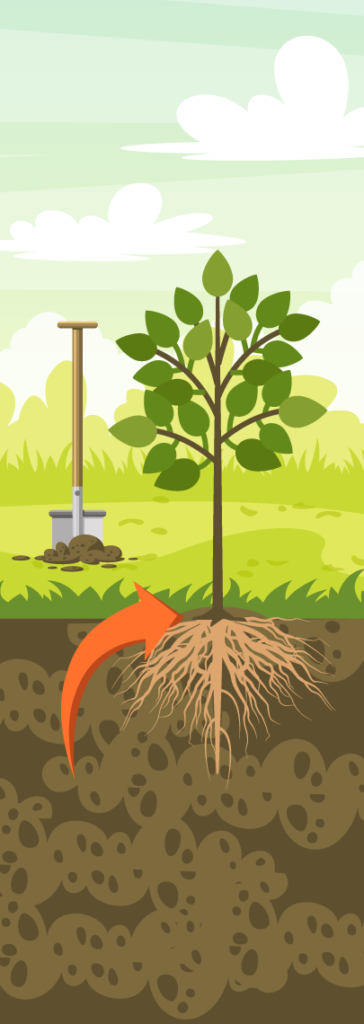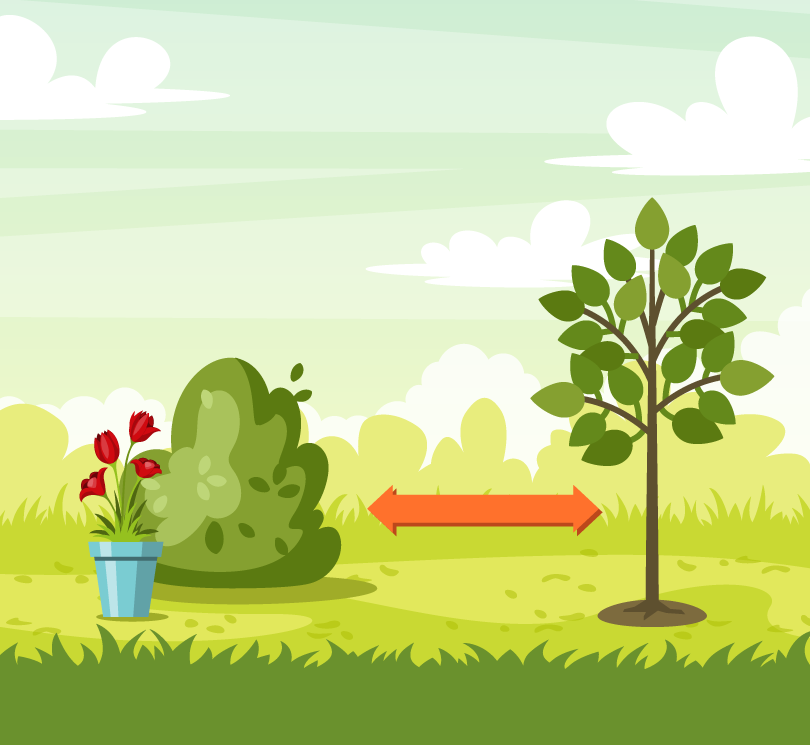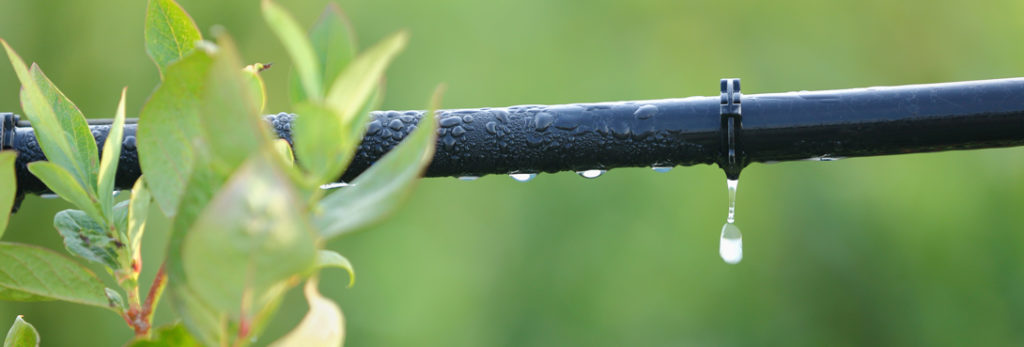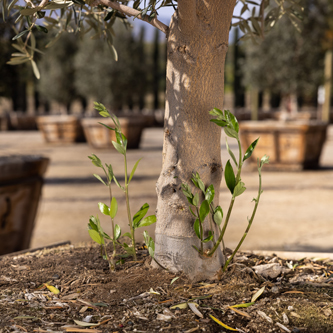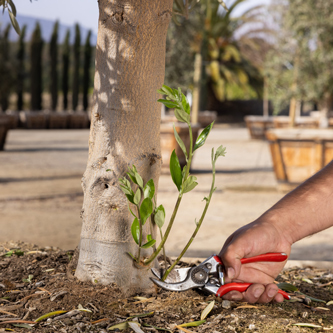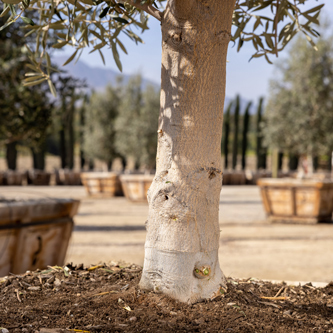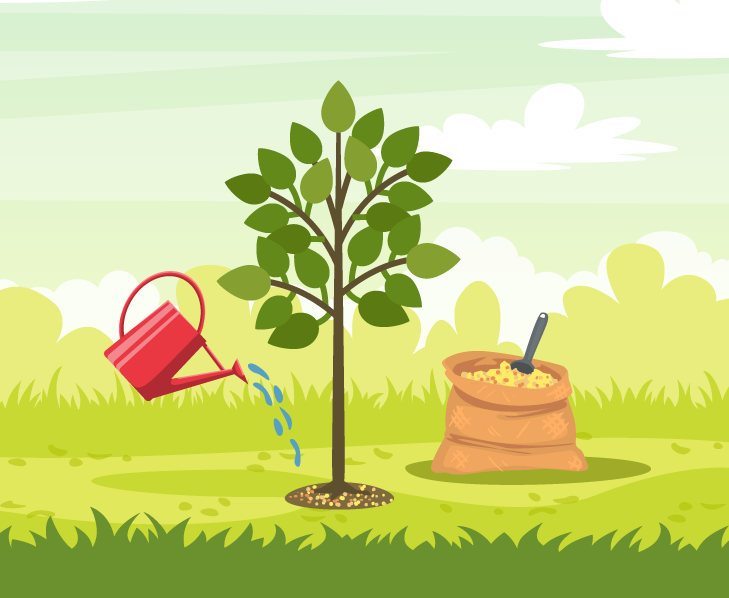Planting Guide
Swan Hill Olives® trees, like all trees planted in a landscape, should never be planted deeper than the original depth of the current rootball. It is a good practice to plant them “proud,” 1” to 2” above grade, to allow for some settling over time. The goal is to avoid a low spot around the crown of the tree where water can collect and cause the tree to become stressed or weakened. The outline of the original rootball should be slightly visible above the finished grade. When digging the planting pit, the hole should not be over excavated, the bottom of the rootball should rest on undisturbed native soil allowing for the crown to be 1”- 2” above grade.
When setting the tree in the planting pit, do not remove the box banding or bottom if it is in a wooden nursery box (some people disagree with this method and certain planting specifications do require its removal). The intact bottom boards prevent soil from falling away during handling/lifting and provide a stable base while completing the planting process. Once the tree has been placed, and properly oriented, the bottom tree band(s) can be removed and backfilling the hole with loose soil can commence. Once the soil level reaches halfway up the box, the remaining bands can be removed and the box sides slid out. Next, begin to tamp down the loose soil, while adding more backfill, and lightly water to help settle the soil and remove air pockets or voids. Do not overwater; you do not want to create mud around the rootball which can act to smother roots.
Once finished planting, a light surface mulch may be incorporated in the top 3”- 4” of the finished grade, avoiding any build up around base (crown) of the trunk.
